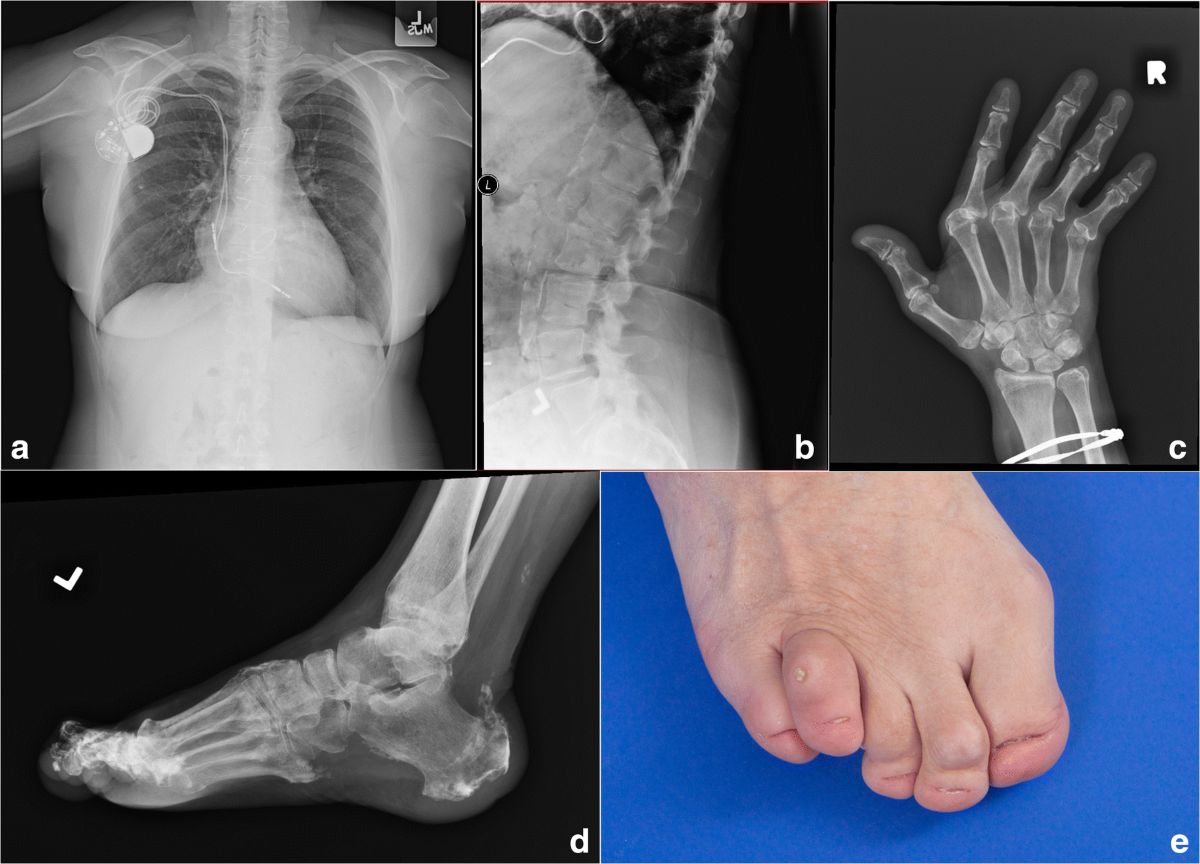
Singleton Merten Syndrome (SMS) is a rare genetic disorder that affects multiple systems in the body. Characterized by dental anomalies, skeletal abnormalities, and cardiovascular issues, this condition can be challenging to diagnose due to its varied symptoms. Patients often experience early tooth loss, joint pain, and heart problems. Understanding SMS is crucial for early intervention and management. This blog post will delve into 35 intriguing facts about Singleton Merten Syndrome, shedding light on its causes, symptoms, and potential treatments. Whether you’re a medical professional, a patient, or simply curious, these facts will provide valuable insights into this complex condition.
Key Takeaways:
- Singleton Merten Syndrome is a rare genetic disorder affecting teeth, bones, and heart. Early diagnosis and specialized care are crucial for managing its dental, skeletal, and cardiovascular complications.
- Ongoing research and awareness campaigns are essential for understanding and supporting individuals with Singleton Merten Syndrome. Collaboration between researchers and clinicians offers hope for future treatments and improved quality of life.
What is Singleton Merten Syndrome?
Singleton Merten Syndrome (SMS) is a rare genetic disorder that affects multiple systems in the body. It is characterized by dental anomalies, skeletal abnormalities, and cardiovascular issues. Understanding this condition can help in managing its symptoms better.
- SMS is named after Dr. Singleton and Dr. Merten, who first described the syndrome in 1973.
- It is an autosomal dominant disorder, meaning only one copy of the mutated gene is needed for a person to be affected.
- The condition is extremely rare, with fewer than 50 cases reported worldwide.
- SMS primarily affects the teeth, bones, and heart.
Dental Anomalies in Singleton Merten Syndrome
One of the hallmark features of SMS is its impact on dental health. Patients often experience significant dental issues from a young age.
- Children with SMS often have delayed tooth eruption.
- Teeth that do erupt are frequently malformed or misshapen.
- Dental X-rays of SMS patients often show abnormal root development.
- Many patients experience early-onset periodontitis, leading to tooth loss.
Skeletal Abnormalities in Singleton Merten Syndrome
SMS also affects the skeletal system, leading to various bone-related issues. These abnormalities can be detected through imaging studies and physical examinations.
- Patients often have generalized osteoporosis, making bones more fragile.
- SMS can cause abnormal bone growth, leading to skeletal deformities.
- Some individuals exhibit hyperostosis, which is the excessive growth of bone.
- Joint laxity, or loose joints, is another common feature.
Cardiovascular Issues in Singleton Merten Syndrome
Cardiovascular complications are a significant concern for individuals with SMS. These issues can be life-threatening if not properly managed.
- SMS patients are at risk for aortic valve stenosis, a condition where the heart's aortic valve narrows.
- Calcification of the aorta and other arteries is common.
- Some individuals may develop heart block, which affects the heart's electrical system.
- Regular cardiovascular monitoring is essential for managing these risks.
Genetic Basis of Singleton Merten Syndrome
Understanding the genetic underpinnings of SMS can provide insights into its diagnosis and potential treatments. Research in this area is ongoing.
- Mutations in the IFIH1 gene are commonly associated with SMS.
- The IFIH1 gene plays a role in the immune response, which may explain some of the syndrome's features.
- Genetic testing can confirm a diagnosis of SMS.
- Family history is important, as SMS is inherited in an autosomal dominant pattern.
Diagnosis and Management of Singleton Merten Syndrome
Early diagnosis and proper management can improve the quality of life for individuals with SMS. Multidisciplinary care is often required.
- Diagnosis typically involves a combination of clinical evaluation, imaging studies, and genetic testing.
- Dental care is crucial, with regular check-ups and specialized treatments.
- Bone health can be managed with medications and physical therapy.
- Cardiovascular issues require ongoing monitoring and may need surgical intervention.
Living with Singleton Merten Syndrome
Living with SMS presents unique challenges, but with proper care and support, individuals can lead fulfilling lives.
- Support groups and counseling can help patients and families cope with the emotional aspects of SMS.
- Educational accommodations may be necessary for children with SMS.
- Physical activity should be tailored to avoid injury due to fragile bones.
- Regular medical follow-ups are essential for managing the various aspects of the syndrome.
Research and Future Directions
Ongoing research aims to better understand SMS and develop new treatments. Advances in genetics and medicine hold promise for the future.
- Researchers are exploring the role of the immune system in SMS.
- New genetic therapies are being investigated as potential treatments.
- Clinical trials may offer opportunities for patients to access experimental therapies.
- Collaboration between researchers and clinicians is key to advancing our understanding of SMS.
Notable Cases and Awareness
Raising awareness about SMS can lead to earlier diagnosis and better support for affected individuals. Notable cases can help highlight the condition.
- Some cases of SMS have been featured in medical journals and conferences.
- Awareness campaigns can help educate the public and healthcare professionals about SMS.
- Increased awareness can lead to more funding for research and support services.
Final Thoughts on Singleton Merten Syndrome
Singleton Merten Syndrome (SMS) is a rare genetic disorder that affects various parts of the body, including teeth, bones, and the cardiovascular system. Understanding SMS is crucial for early diagnosis and management. Genetic testing can confirm the presence of mutations in the IFIH1 gene, which is often linked to this condition. Symptoms can vary widely, making it essential for healthcare providers to consider a broad range of signs when diagnosing.
Living with SMS can be challenging, but support from medical professionals, family, and patient communities can make a significant difference. Ongoing research aims to uncover more about this syndrome, offering hope for better treatments in the future. Awareness and education about Singleton Merten Syndrome can lead to improved care and quality of life for those affected. Stay informed, seek support, and advocate for continued research to combat this rare condition.
Frequently Asked Questions
Was this page helpful?
Our commitment to delivering trustworthy and engaging content is at the heart of what we do. Each fact on our site is contributed by real users like you, bringing a wealth of diverse insights and information. To ensure the highest standards of accuracy and reliability, our dedicated editors meticulously review each submission. This process guarantees that the facts we share are not only fascinating but also credible. Trust in our commitment to quality and authenticity as you explore and learn with us.


